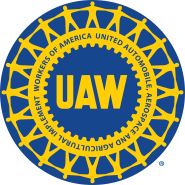
Fain: UAW to Strike Specific Plants at All 'Big Three' Automakers
The United Auto Workers (UAW) union will strike specific plants across all “Big Three” automakers if new labor contracts are not reached by midnight on Thursday.

The United Auto Workers (UAW) union will strike specific plants across all “Big Three” automakers if new labor contracts are not reached by midnight on Thursday.
US imports look to have fallen to their lowest monthly level so far this year, based on August import license data compiled by the US Department of Commerce.

Global steel production increased 6.6% year over year (YoY) in July to 158.5 million metric tons, according to the latest report from the World Steel Association (worldsteel).
Mill lead times for most sheet products this week were basically flat compared to SMU's market check two weeks ago. Those for plate shortened once again.

China recently became the world’s largest exporter of cars. Experience from the steel industry suggests this is not a trend that will reverse, though it might reduce. Changes in auto supply chains and metals demand outside China are likely. China Is Now the World’s Largest Car Exporter China recently became the world’s largest exporter of […]
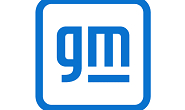
General Motors (GM) has raised its full-year earnings guidance, but this depends on the outcome of its labor negotiations with the United Auto Workers (UAW) union in the US and Unifor in Canada. “This is the second time we’ve raised guidance this year and it assumes that we successfully negotiate new labor agreements without a work stoppage,” […]
Steel Dynamics Inc. (SDI) posted lower year-over-year second quarter profits but said demand “remains solid” across the automotive, construction, industrial, and energy sectors. The Fort Wayne, Ind.-based steelmaker also predicted that steel prices might find support thanks to what it described as low customer inventories. “We remain confident that market conditions are in place for […]

US housing starts pulled back in June after a hitting an 11-month high in May. Total privately owned housing starts were at a seasonally adjusted annual rate (SAAR) of 1,434,000 units in June, according to the latest estimates from the US Census Bureau. Starts in May were revised slightly downward, from the previous estimate of […]

US heating and cooling equipment shipments recovered in May, according to the most recent data released from the Air Conditioning, Heating, and Refrigeration Institute (AHRI). The total amount of units shipped for the month of May was 1.98 million, compared to 1.74 million units in April. Shipments were up 13% month-over-month (MoM), but down 6% year-over-year (YoY). […]
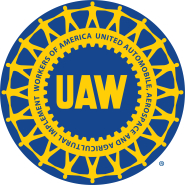
The United Auto Workers (UAW) union will begin contract negotiations with the Detroit 3 automakers later this week, according to media reports. Talks are set to start on Thursday with Stellantis, on Friday with Ford, and on July 18 with General Motors, according to an article published by Reuters on Monday. “We have a long history of negotiating […]

US light-vehicle sales posted solid growth in June, according to the latest figures from the Bureau of Labor Statistics, and sales are expected to continue pushing upward. Light-vehicle sales reached a seasonally adjusted annual rate (SAAR) of 15.7 million units in June. Showing 4% month-over-month growth, this beat previous forecasts. June’s sales pushed total second-quarter sales […]

Total US construction spending increased in May by 0.9% from April and 2.4% year-over-year (YoY), according to the Associated General Contractors of America (AGC). “The data for May show there has been no letup in the feverish pace of manufacturing construction but a very mixed picture for other project types,” said Ken Simonson, chief economist of AGC. […]

It’s been a wild ride in the HRC futures market since we last wrote this column. The chart below shows the CME Futures curve at our last publication at the beginning of June (yellow) and the last three weeks since Nucor’s initial price announcement (blue). A month ago, the physical market was in the doldrums. […]

China’s recent reopening, coupled with increased government spending on infrastructure, has led Fitch Ratings to upgrade the outlook for the global steel sector from deteriorating to neutral. The New York-based ratings agency revised China’s steel sector outlook to neutral as well, according to a research note sent to SMU. China’s “stronger-than-expected infrastructure growth and a […]

How can SMU’s sheet prices go down shortly after a round of $50-per-ton mill price hikes? Long story short: It’s because we’re capturing both pre- and post-increase pricing in our survey as well as in calls and emails with some of you. And, as those of you who’ve been in the industry for a while […]

North American auto assemblies saw nearly an 11% boost in May, posting the second-best monthly total year to date. The month’s assemblies were also nearly 18% higher year-on-year (YoY), according to LMC Automotive data. A modest decline was seen in supply levels in April, but that easing was in part due to seasonal factors and […]
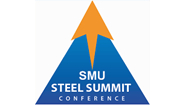
We are counting down the days until SMU’s Steel Summit Conference on Monday-Wednesday, Aug. 21-23, in Atlanta. It’s only a little over two months away. Approximately 755 people have already registered. Our discounted room blocks are almost gone. Register here. The event will again be held at the Georgia International Convention Center, a massive conference center in close […]

Editor’s note: Steel Market Update is pleased to share this Premium content with Executive members. For information on how to upgrade to a Premium-level subscription, contact Lindsey Fox at lindsey@steelmarketupdate.com. US light-vehicle (LV) sales rose to an unadjusted 1.36 million units in May, up 22.9% vs. year-ago levels, the US Bureau of Economic Analysis (BEA) […]
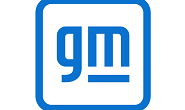
General Motors said Monday it plans to invest $632 million in its Fort Wayne, Ind., assembly operation for future truck production. The Detroit-based automaker said the investment will prepare the plant for production of “the next-generation internal combustion engine (ICE) full-size light-duty trucks,” adding that product details and timing related to future trucks are not […]

Housing affordability is on the rise in the US, but builders are facing challenges in providing affordable housing, the National Association of Home Builders (NAHB) reports. In the first quarter of the year, 45.6% of new and existing home sales were affordable to American families earning the country’s median income of $96,300, according to the […]

US heating and cooling equipment shipments saw a drop in April from the previous month and year over year, according to the most recent data released from the Air Conditioning, Heating, and Refrigeration Institute (AHRI). Total shipments in April were 1.74 million units, compared to 2.03 million units in March. Shipments were down 14% month over month […]
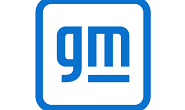
General Motors Co. recently announced a series of investments to bolster its automobile manufacturing in the US – and it’s not all just for electric vehicles (EVs). Internal Combustion Engines The Detroit-based automaker plans to inject $1 billion into two of its manufacturing sites in Flint, Mich., for the production of heavy-duty trucks with internal […]

The Dodge Momentum Index (DMI) fell for the third consecutive month in May as weakness in commercial planning persists, according to the latest data from the Dodge Construction Network (DCN). The index reading is at its lowest level in nine months. The DMI dropped 2% to 180.5 in May from the revised April reading of 184.1 but […]

Unemployment is falling in the construction sector, with 25,000 jobs added in May to meet growing demand, according to an analysis of new government data by the Associated General Contractors of America (AGC). “Demand for construction workers remains strong, outside of homebuilding,” Ken Simonson, AGC’s chief economist, said in a statement on June 2. “Contractors […]

On Tuesday, Ford Motor Co. announced a new head to lead its global supply chain operations, while also detailing other changes to its executive team. Liz Door will be the automaker’s new chief supply chain officer beginning on June 12. She will be taking on responsibilities that were held since September on an interim basis […]
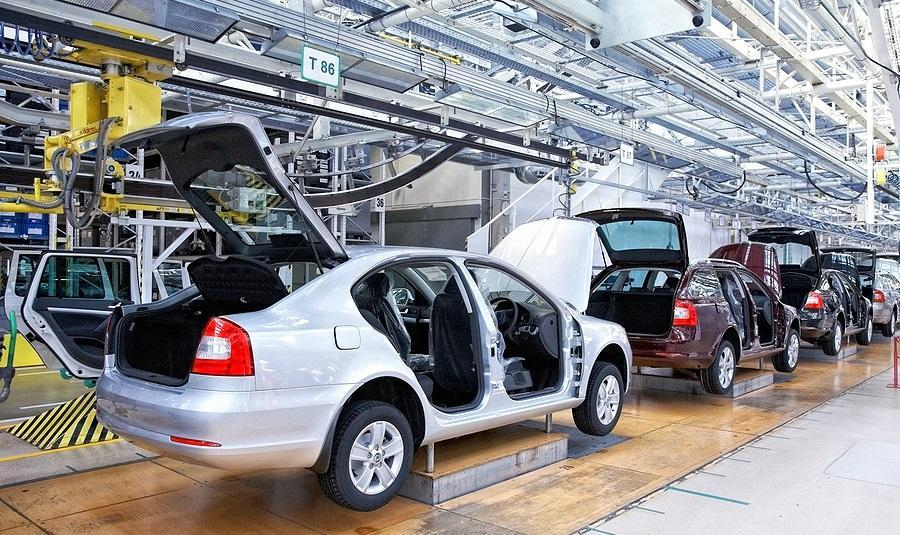
The United Auto Workers (UAW) held a union-wide town hall last week in which they struck a defiant tone regarding the upcoming contract negotiations with the Detroit 3 automakers. “These companies have been extraordinarily profitable, and our members have created incredible value for these companies during some really hard and dangerous years,” UAW president Shawn […]

US construction spending jumped in April on strength in nonresidential and multifamily home building. Total construction spending during the month was estimated by the US Census Bureau to be $1,908.4 billion at a seasonally adjusted annual rate (SAAR). This was a 1.2% increase from March’s revised estimate of $1,885.0 billion and a 7.2% rise from $1,780.9 […]

US light-vehicle (LV) sales rose to an unadjusted 1.35 million units in April, the US Bureau of Economic Analysis (BEA) reported. The month-on-month (MoM) boost pushed April’s total 9% higher year-on-year (YoY), and is the eighth consecutive month to see a YoY increase in sales. On an annualized basis, LV sales were up 7.2% MoM in April, […]

North American auto assemblies declined by 15.5% in April, edging down for the first time year-to-date, and for the first time since last November. Last month’s assemblies, however, were still 7.8% higher year-on-year (YoY), according to LMC Automotive data. While supply levels began to rebound in the second half of last year, inventories fell modestly in […]

Hyundai Motor Group and LG Energy Solution are teaming up to build a $4.3-billion battery cell manufacturing plant in Savannah, Ga. A memorandum of understanding was signed by the two companies on May 26 for a 50/50 joint venture with an annual production capacity of 30 GWh, able to support the annual production of 300,000 […]